

27 September, 2024
Copal, derived from the Nahuatl word “copalli”, is a tree resin used for ceremonial incense and holds symbolic significance, viewed as the “sacred blood of the trees”. It produces a fragrant white smoke that is said to facilitate communication between humans and deities. Within the rich diversity of Mexican ceremonial practices, various censers such as incensarios, sahumadores, sahumerios, and braseros have played important roles, with some even serving as elevated platforms or supports in ceremonies.
|
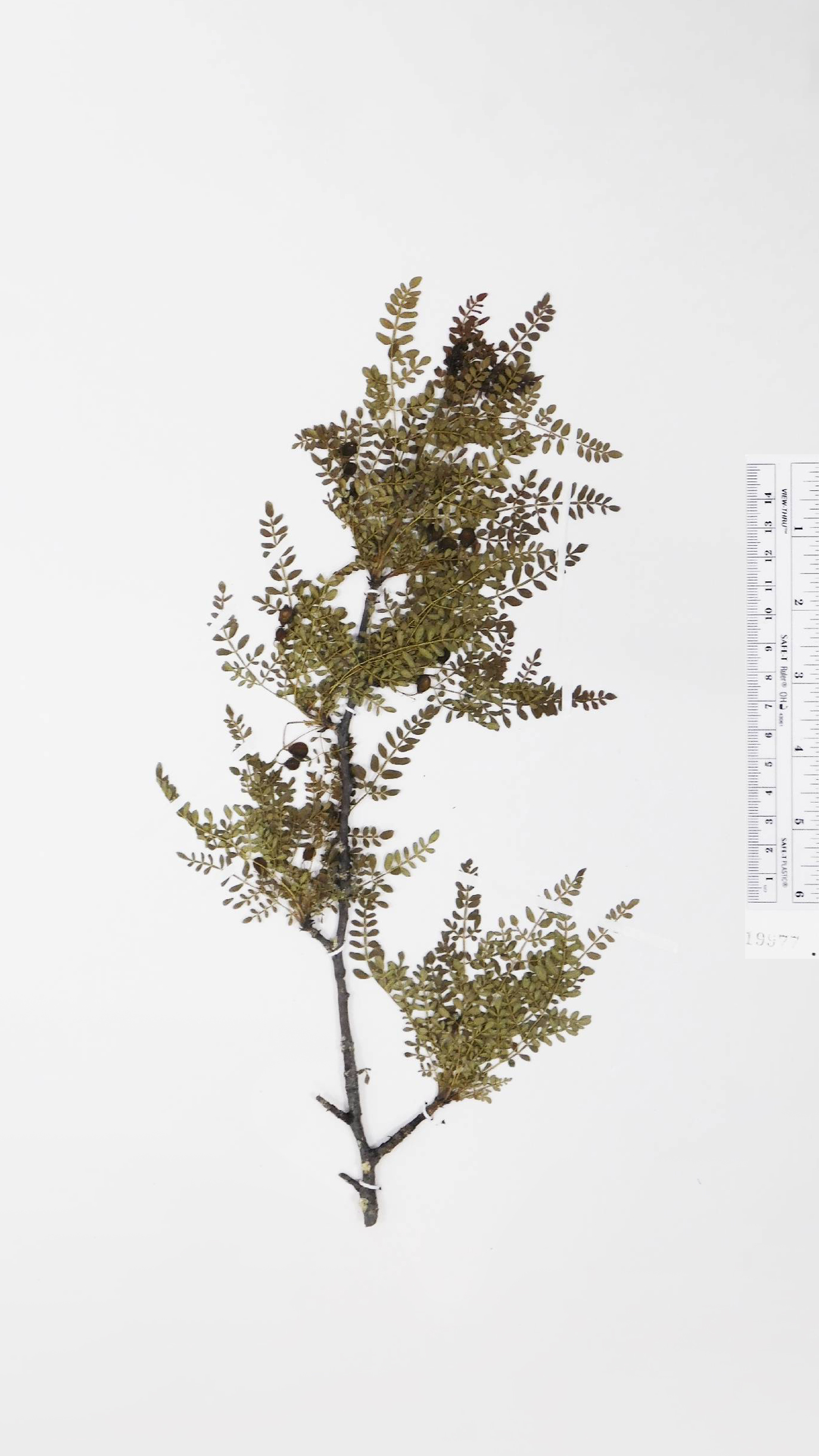

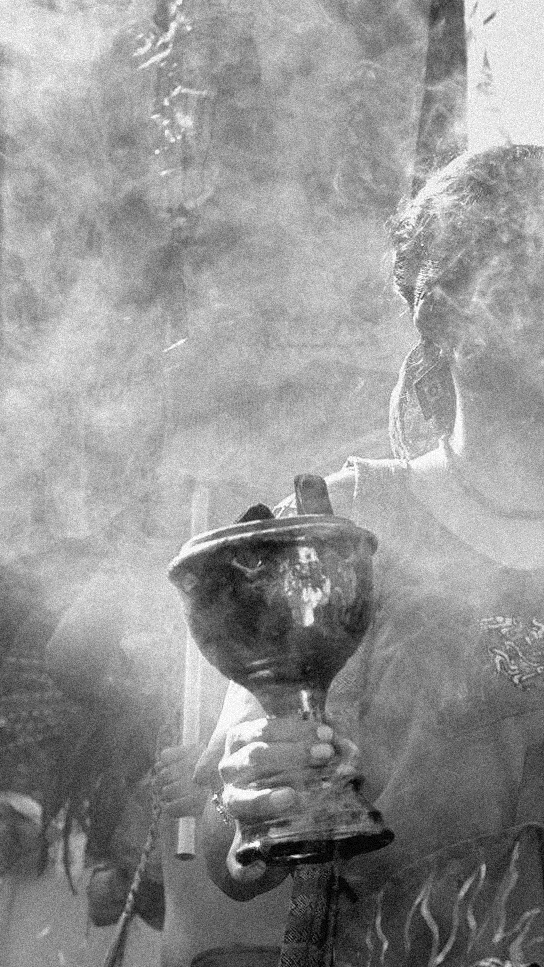
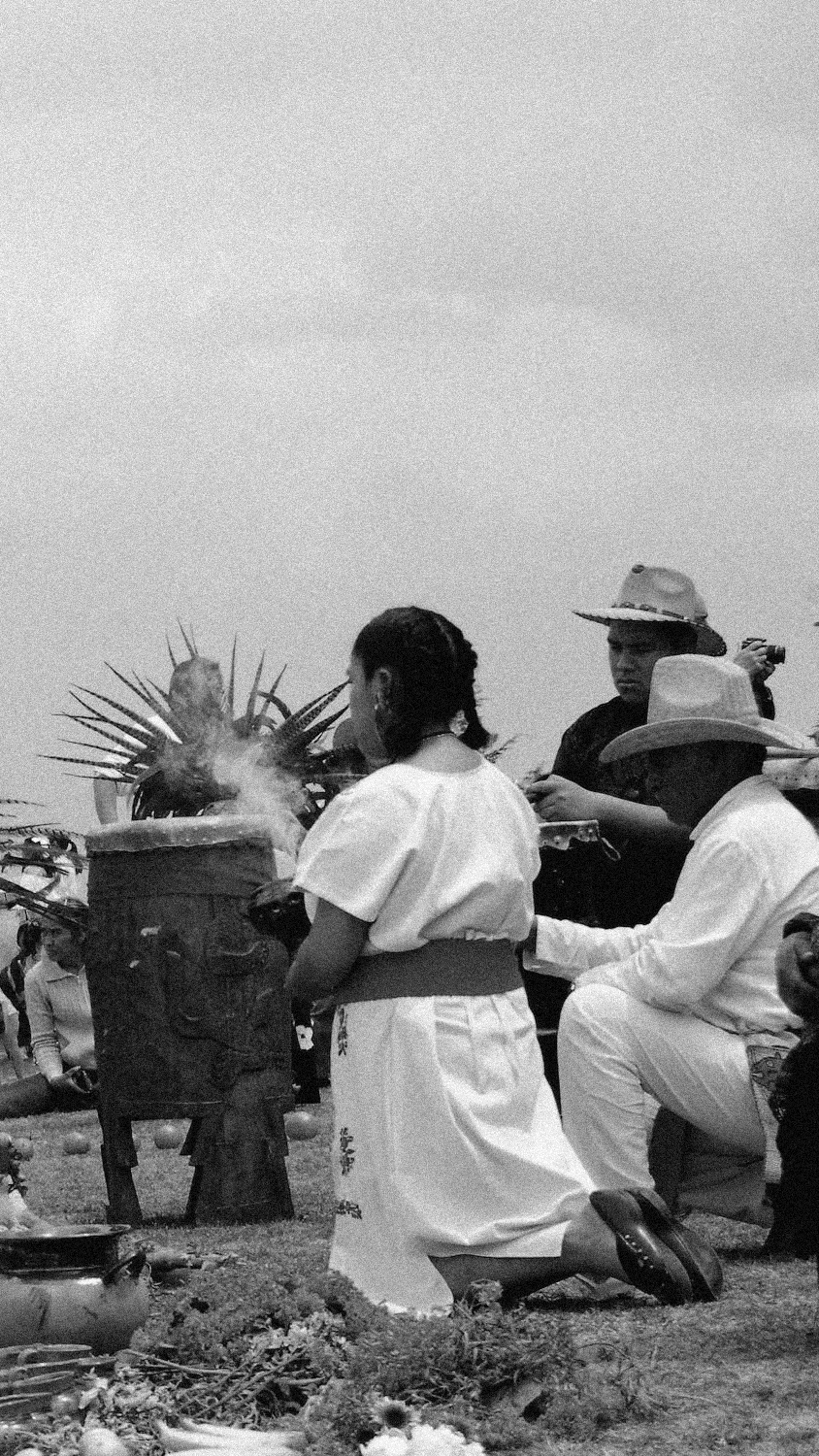
Enveloped in an aura of mysticism, the COPAL table appears to float in the air, defying gravity through its cantilever design. Crafted with precision, the COPAL Coffee Table is made up of six half spheres—three large and three small—that are skillfully assembled to create a visually challenging piece. The COPAL table is made in multiple materials, among these Green Tikal and Black Orizaba marble, cast bronze, and wood, each giving a distinct character to the piece.
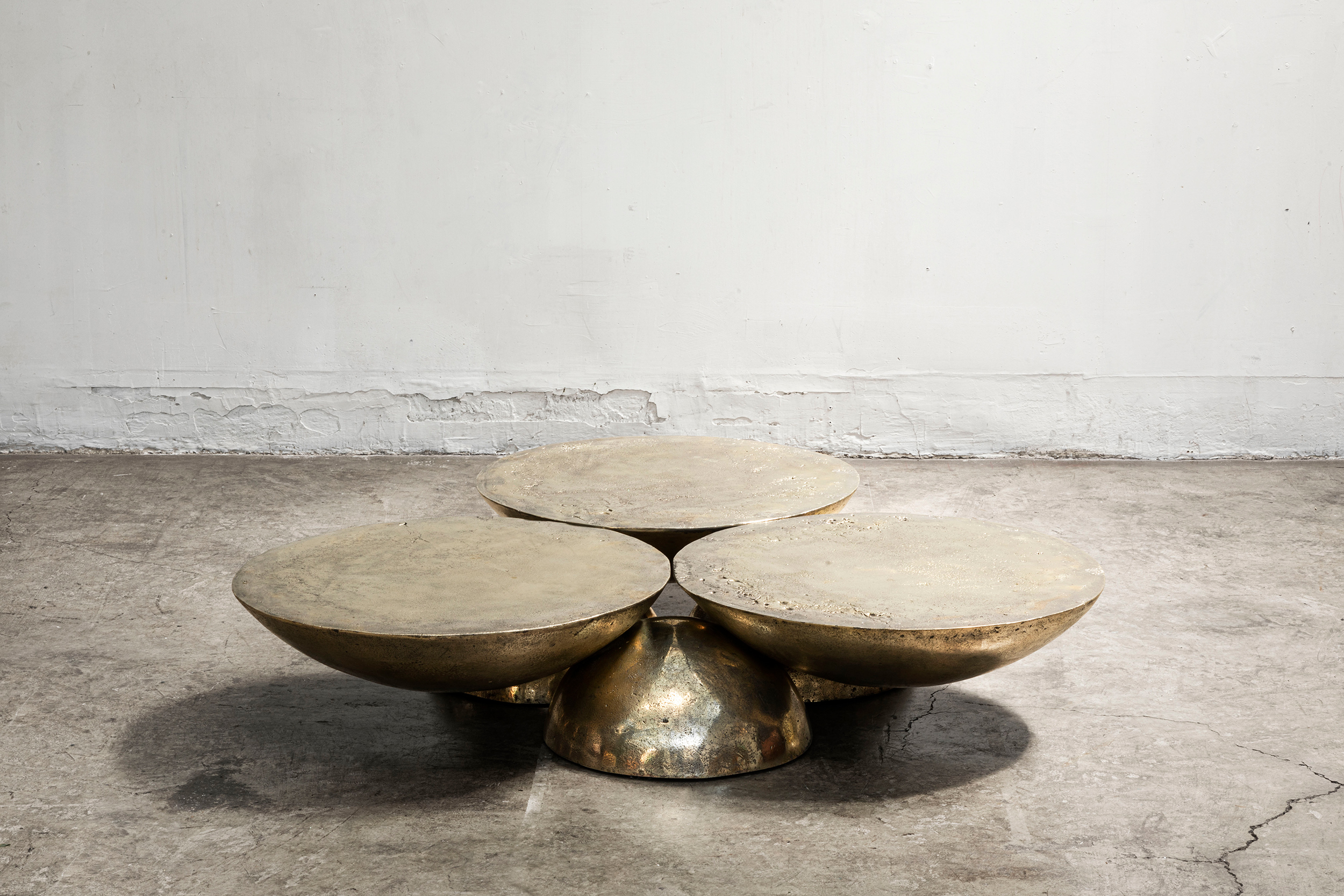
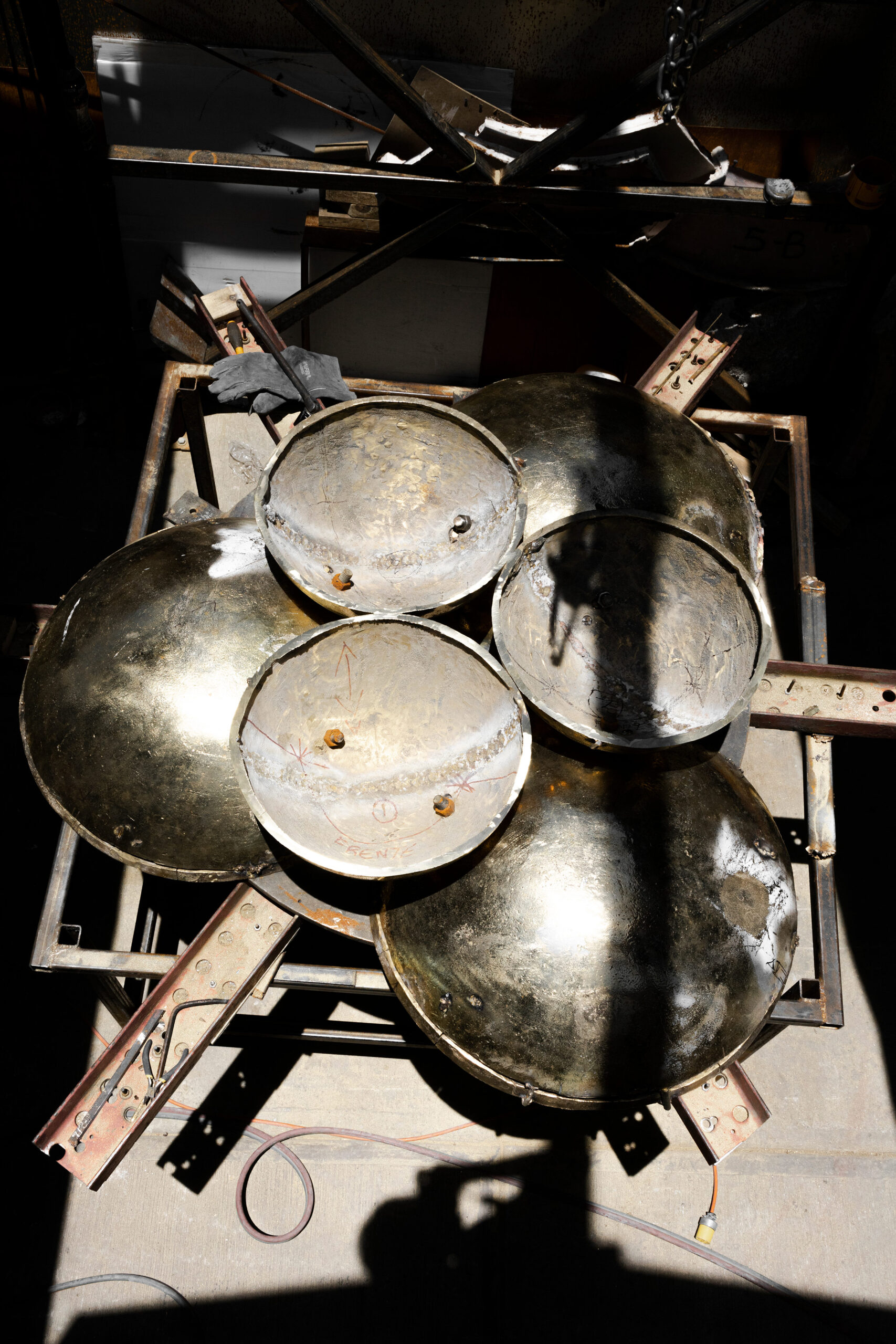
The table’s hidden elements and the tangential connection of its parts contribute to the piece’s balance and the structural integrity of the whole. Its composition results in a piece that has perfect equilibrium.
Just like its larger counterpart, the COPAL side table, composed of four identical pieces that are interconnected through hidden locks, embodies the same essence of balance, purity, and mysticism. This construction technique gives the impression that three out of the four parts delicately touch and hover in the air.
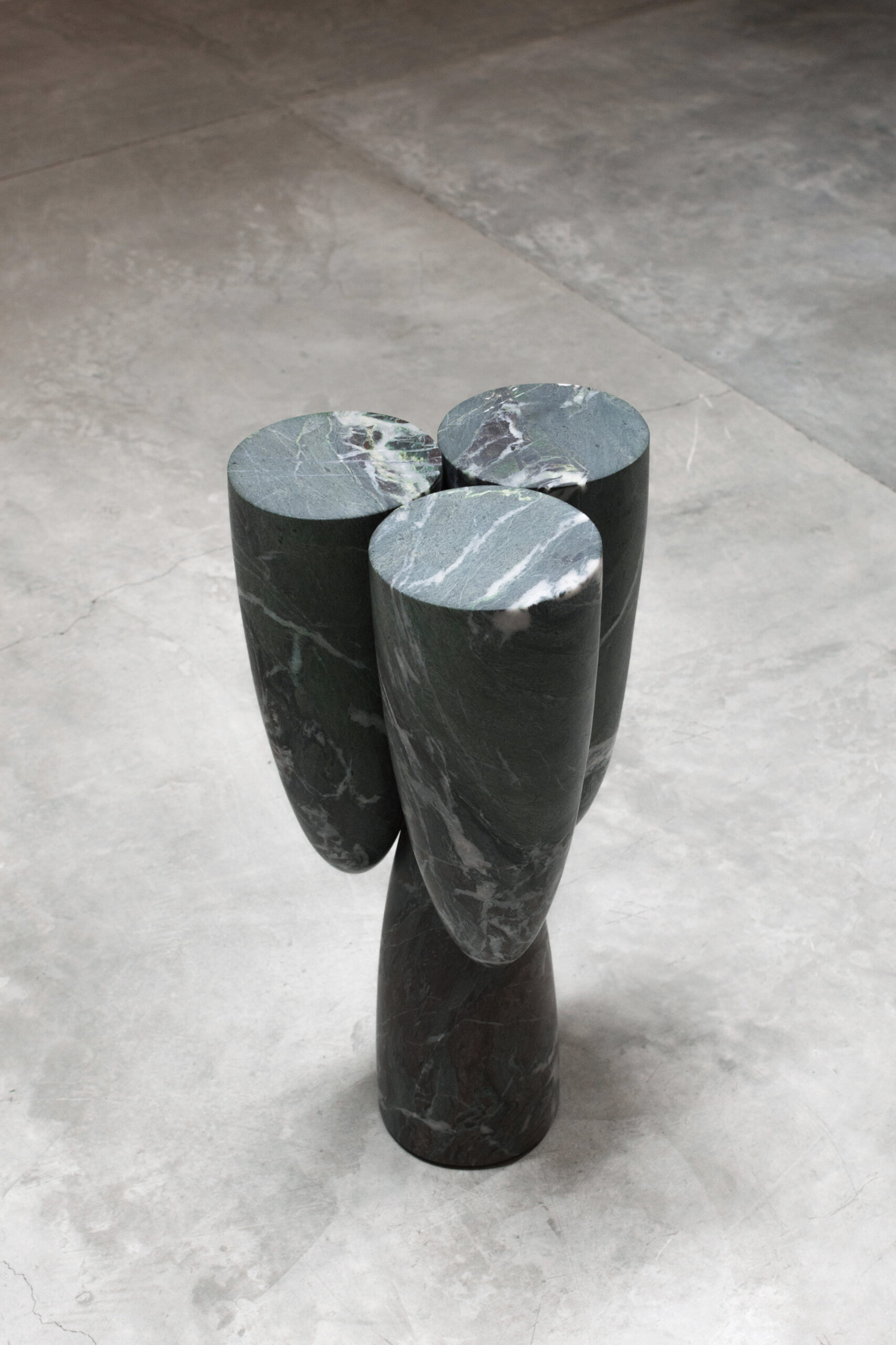
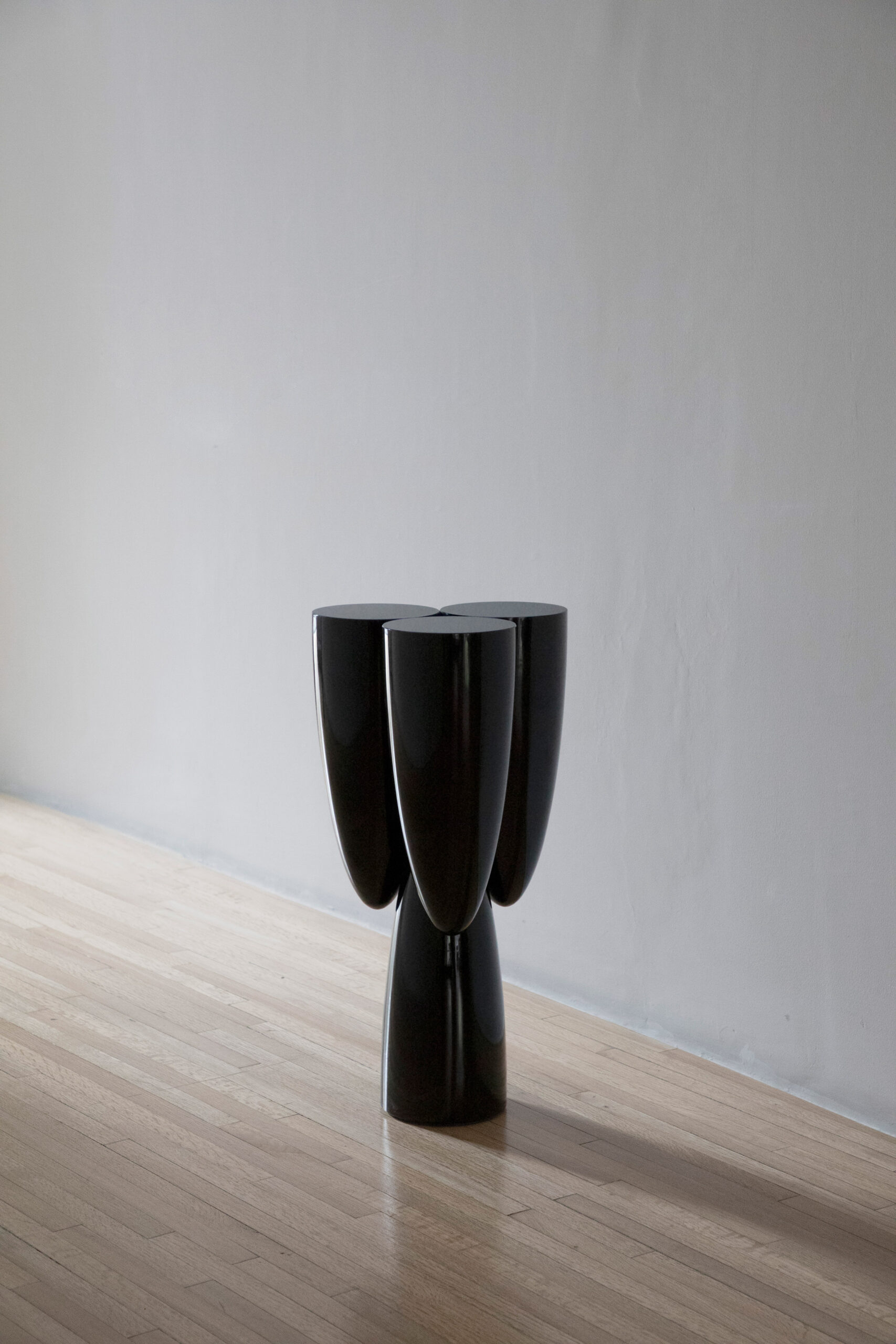
Similar to the concept of syncretism (the blending of different beliefs), the Copal tables draw inspiration from Mexican mysticism to create a series of pieces that serve both functional and sculptural purposes.
With love,
EWE